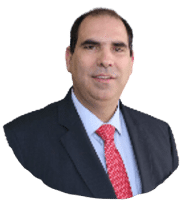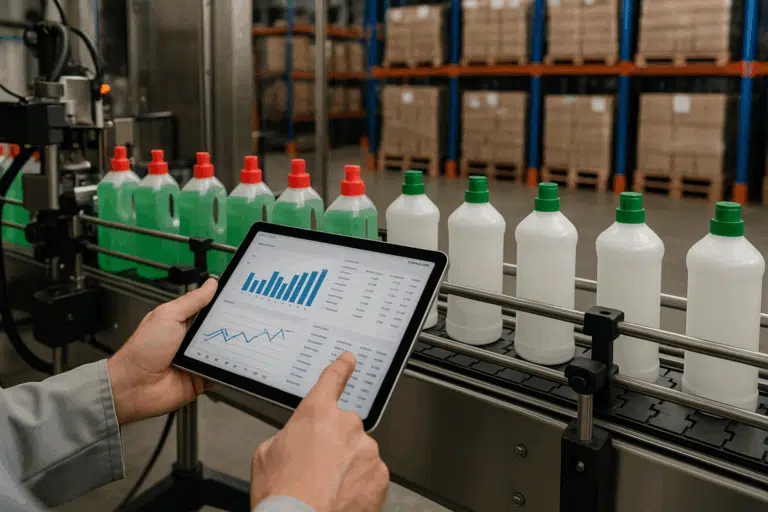Is your company’s fixed asset policy up to date? In today’s world, using resources wisely is key to success. Knowing and using fixed asset policy best practices is very important. At The CPCON, we’ve learned that managing assets well improves compliance and efficiency.
We focus on keeping accurate records and using smart depreciation methods. We also use RFID technology for better tracking. Our advice can help your company stay ahead. Good fixed asset management leads to better decisions and success.
Table of Contents
ToggleKey Takeaways
- The importance of keeping accurate records and strict rules for managing assets.
- Using advanced technologies like RFID for better inventory control.
- Choosing smart depreciation methods to use assets well over time.
- Linking fixed asset management with ERP systems for better insights.
- Following strict accounting procedures for compliance and efficiency.
What are the best practices for effective fixed asset policy?

Making a good fixed asset policy is key for keeping finances right and following rules. By following the best ways to manage fixed assets, companies can do better in the long run.
Clearly define the scope and purpose
The first thing to do is to clearly say what the policy is for. It should match the company’s goals. This makes sure everyone knows what to do and helps manage assets well.
Establish ownership and responsibility
It’s important to know who owns and is in charge of each asset. This makes people accountable and ensures someone is looking after the asset’s life. It helps make things run smoother and better.
Asset classification and thresholds
Good asset management means classifying assets well and setting the right limits. This makes it easier to handle assets in a systematic way. It’s key to decide which assets are worth recording in the fixed asset register.
Define acquisition processes
Having clear steps for buying new assets is important. It makes sure the company follows its financial plan and keeps track of assets the same way. These steps should include choosing vendors, buying, and keeping records.
To learn more about fixed asset accounting and best practices for managing fixed assets, look at what experts say. It can help with following rules and being more efficient.
Optimizing Fixed Asset Lifecycle Management
We work hard to make fixed asset management better. We use smart strategies to improve business work. We manage assets from start to end.
RFID technology is a big help in tracking assets. It lets us keep an eye on asset health and where they are. This makes sure our records are right and we can fix things on time.

- Procurement: We make sure we buy the right assets the right way.
- Utilization: We keep assets running well and for longer with regular checks.
- Disposal: We get rid of assets in a green and cost-saving way.
Keeping a current Fixed Asset Register (FAR) is key. It helps us use resources well and follow the law.
Improving our fixed asset policy is also important. It helps us save money and use assets better. We use RFID and do physical checks to keep our data right.
We always look to improve by following new trends in asset management.
Conclusion
Effective fixed asset policy best practices are very important. They include defining the scope and purpose, setting who owns and is responsible for assets. Also, setting asset classification thresholds is key.
Keeping a fixed asset register is very important. It helps keep records accurate and meets legal needs. Using modern systems helps manage assets well.
At CPCON Champion, we help with corporate asset management success. We offer expertise and innovative solutions. Our goal is to make businesses more efficient and successful.
FAQ
What are the fundamental best practices for fixed asset policy?
Good fixed asset policy starts with keeping detailed records. It also means having clear rules for buying assets. You should use the right ways to write down the value of assets over time.
Also, having strict rules for getting rid of assets is key. Using RFID technology can make tracking assets much better.
How essential is clear ownership and responsibility when managing fixed assets?
Knowing who owns and is in charge of assets is very important. It stops assets from being lost, stolen, or damaged. It also helps everyone in the company act responsibly with assets.
Why is asset classification and threshold setting important?
Classifying assets and setting value limits makes managing them easier. It helps track assets better and makes financial reports simpler. It also makes sure you follow the rules and your company’s policies.
What role does RFID technology play in fixed asset management?
RFID technology is a big help in managing assets. It tracks assets from start to finish very accurately. This means fewer losses and better use of assets.
RFID gives real-time data. This helps make better decisions and makes assets work more efficiently.
How can fixed asset lifecycle management be optimized?
To make the most of asset management, use advanced tech like RFID. Keep detailed records and check how assets are doing often. A good plan cuts costs and makes assets more useful.
What guidelines should be followed for asset acquisition?
Having clear rules for buying assets is important. This includes knowing who to ask for approval and making sure it fits with your financial plans. Look at different vendors and keep good records. This makes sure each purchase helps your company’s goals.
How do depreciation and disposal practices impact fixed asset management?
Using the right ways to write down asset value is key. It affects your financial reports and taxes. Good rules for getting rid of assets help follow the rules and get value back from old or extra assets.



























